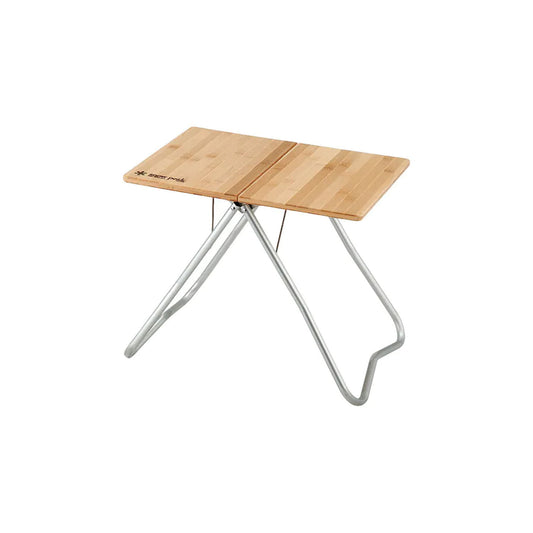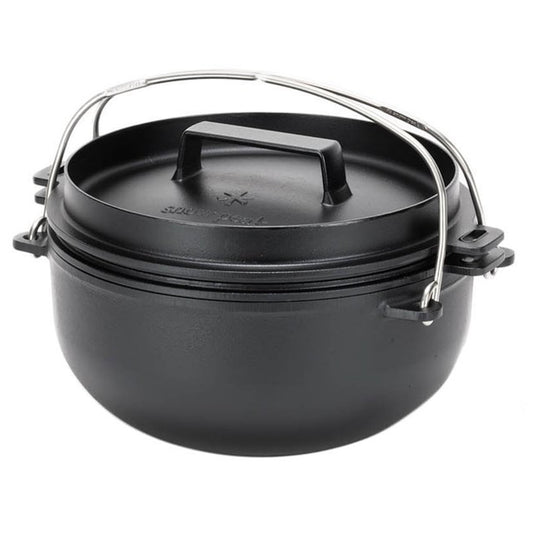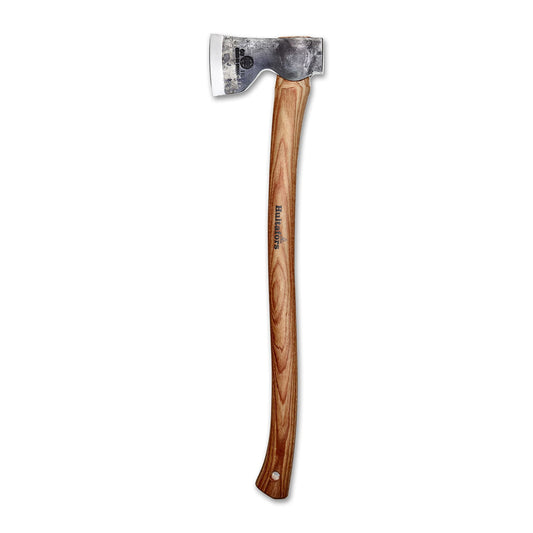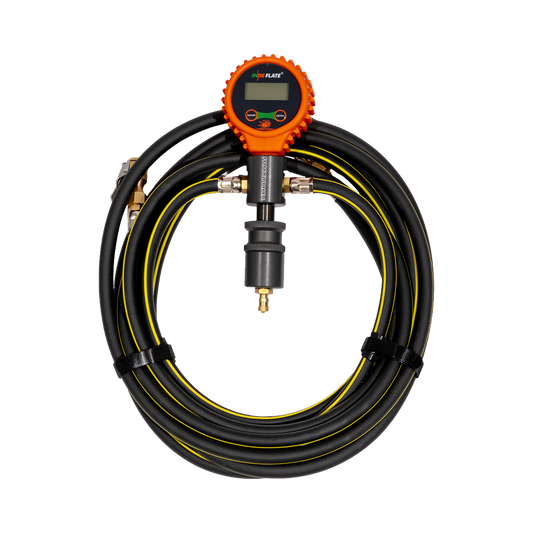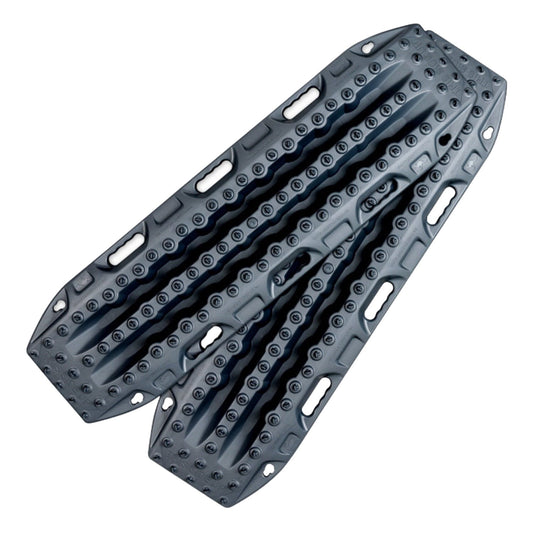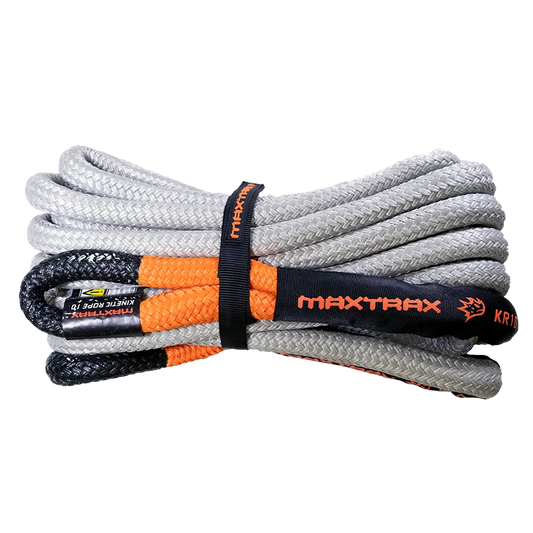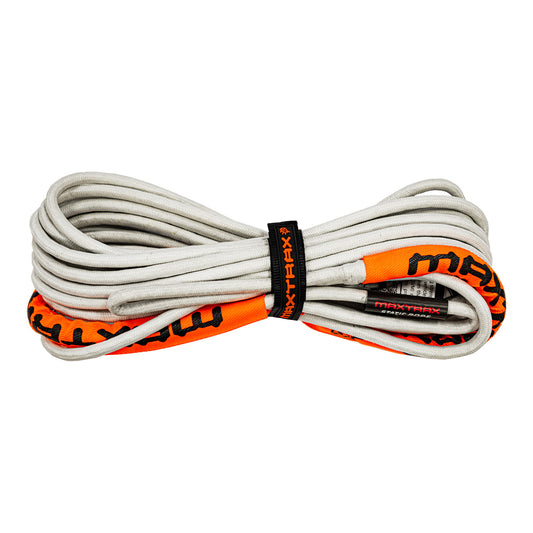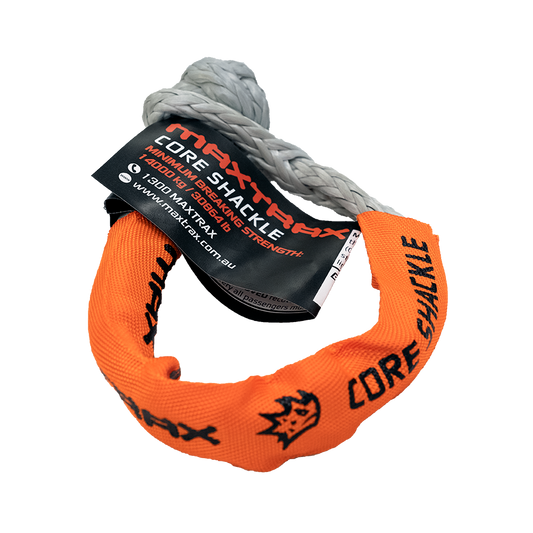Power To Weight Ratio
The moment a new 4×4 rolls off the showroom floor, from a power perspective, it’s usually performing as well as it ever will.
The accessories we fit are invaluable, but their weight sucks the life out of our new rigs.

If we upgrade the Gross Vehicle Mass (GVM) so our vehicles can legally carry more and then fill them, which many of us do, the resulting power to weight ratio is something entirely different than which we might hope.
The first example is my 76 Series LandCruiser. From the factory, produced 202 hp at the flywheel and weighed 2,265 kg which is a power to weight ratio of 1:11. With permanent accessories added it now weighs 2,950 kg, which is a power to weight ratio of 1:15. For the most remote trips, we roll out close to our upgraded GVM of 3,660 kg which means 1:18 that’s 1 hp for every 18 kgs.

The 200 Series LandCruiser is a top-rated towing and touring vehicle; let’s take a look at its figures. From the factory, the twin-turbo V8 pushes 268 hp. Weighing in at 2,740 kg these are heavy vehicles though, and the power to weight ratio comes in at 1:10. A 200 Series fully loaded to the ARB GVM upgrade weight of 4,015 kg has a ratio of 1:15.

Upgrading Power
From the examples above, it’s easy to see that combining stock power with increased GVM weights results in a significant loss in 4×4 performance.
For me, the decision to choose to upgrade the power in my Cruiser was driven by wanting to restore the lost performance caused by adding the weight of accessories, gear and supplies.
Many of our trips are in remote areas, so I wanted this extra power with minimum reliability risk.

The Safari ARMAX system is a premium option, but it was a clear choice for a few main reasons.
Firstly, the design has engine reliability and longevity in mind. The highest risk periods for utilising additional power is when the engine is either cold or hot. The Safari ARMAX Engine Control Unit (ECU) live monitors exhaust gas temperatures using the installed temperature probe. During these high-risk periods, it automatically depowers the engine back to stock performance.
The ARMAX ECU works progressively and only removes as much power as is necessary for as long as it’s required. If you’re towing a heavy camper over steep rolling hills, this may look like the occasional loss of some of the additional power at the end of long climbs. This power reduction is automatic, which means there is no need to watch an EGT gauge and manually back off to avoid short or long term engine damage.

The other main benefits of the Safari ARMAX ECU over alternatives is technical support. Safari has an extensive national dealer network through ARB and select independents. In the unlikely event of trouble during your travels, these dealers can assist. Safari also can remotely login to your system through the ethernet port, which comes with the system. This allows for expert diagnostics, almost anywhere.

Extra airflow also helps increase 4×4 performance. I’ve fitted the Safari ARMAX snorkel which is a 4″ snorkel. It is a significant volume of air, and even the standard air filter box inlet needs to be enlarged as part of the installation not to be a restriction. In the 70 Series Cruiser, this results in 50% more air over the factory Toyota setup.

I’ve written about the ARMAX ECU and ARMAX Snorkel previously if you are after more information.
Goal Power to Weight Ratio
While there is no magical number, it’s evident that this ratio has an enormous impact on 4×4 performance.
Back in 2014 Koenigsegg built the One:1. It produced 1,341 hp and weighed in at 1,360kg. You guessed it, a power to weight ratio of effectively 1:1.
While our 4x4s are far from sports cars, the same principles apply; if we shed some weight and increase power, they will perform best.

During the build of my 76 Series, I saved weight where possible. I used lithium batteries, a synthetic winch line, lighter weight drawers and storage shelves and alloy cross-bar racks. While it’s still not a light vehicle, it is fully equipped and can carry everything needed for an extended remote trip like the Canning Stock Route without exceeding the upgraded GVM.
When at maximum load, my Cruiser currently has a power to weight ratio of 1:14. Safari has some new additions to the ARMAX 4×4 performance range due out this year. With the extra gains these will bring, my goal is that I can get this figure as close to 1:11 (the new, empty car figure) as possible and still have a reliable engine that will serve me well for years to come.



